( – promoted by navajo)
When the Hudson’s Bay Company (HBC) was organized in 1670, it was granted a charter by the British Crown giving it a trading monopoly over the watershed of all of the rivers flowing into Hudson’s Bay. This territory, encompassing 1.5 million square miles, was named Rupert’s Land in honor of Prince Rupert of the Rhine, a nephew of King Charles I and the first governor of Hudson’s Bay Company. It included all of Manitoba, most of Saskatchewan, southern Alberta, southern Nunavut, the northern parts of Ontario, and portions of Minnesota, North Dakota, and Montana.
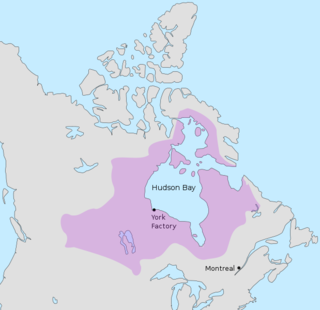
The HBC fur traders often married into the Indian nations with whom they traded as this provided them access to the traditional trading system which was based on kinship. As a result of these marriages, a new group of people known as Métis emerged with a distinct culture that incorporated Native elements and European (mostly French and Scots) elements.
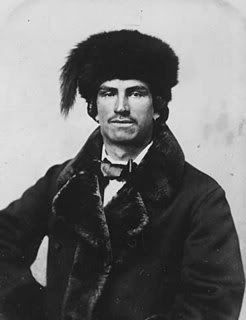
In 1811, Thomas Douglas, the 5th Earl of Selkirk, set up a colonization project known as the Red River Colony (also called the Selkirk Settlement) on 120,000 square miles of land granted to him by HBC. Selkirk’s interest in establishing a colony in the area was inspired by Sir Alexander MacKenzie’s book Travels from Montreal which glowingly described the economic potential of the region.
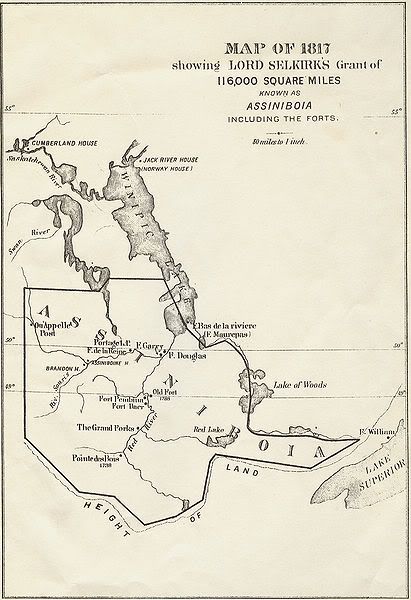
Selkirk, who had a controlling interest in HBC, also wanted the colony to block the fur trade from HBC’s arch rival, the North West Company (for whom MacKenzie had worked). With the colony in place, the Métis who had been supplying the Nor’westers would be displaced, thus cutting the rival fur company off from the fur and hide supply.
In 1814, the Governor of the Red River Colony issued a proclamation intended to limit the number of buffalo killed by the Métis. The proclamation inflamed the Met Métis is who in response called for a new sovereign nation in the Red River Valley for their people. The proclamation was ignored and the Métis purposefully killed more buffalo than they needed.
The buffalo meat was not exported, but was made into pemmican. It was consumed locally or sold to traders passing through the valley.
The following year, the governor of the Red River Colony forbade the export of staples. He then confiscated four hundred bags of pemmican belonging to the North West Company. Finally, he ordered the North West Company to close its trading posts. The Nor’Westers and their Métis allies vowed to wage war on the colony. Cuthbert Grant became captain-general of the Métis militia groups and a Métis flag was designed.
Soon there were only 13 colonial families who had not been driven out and the governor surrendered. Bands of Métis razed farms and burned buildings in the colony.
The Métis asked the Hudson’s Bay Company to remove the Red River Colony and to allow them the freedom to hunt buffalo. In addition, they asked that they not be subject to any local laws and that they share equally in the annuities given to the tribes. They made it clear that the Red River Métis identified themselves as having a distinctive lifestyle with values emphasizing the freedom to claim the benefits and privileges of both their maternal and fraternal heritage, whichever they wanted to choose.
The war escalated the following year when HBC captured and burned the North West Company’s Fort Gibraltar. Under the leadership of Cuthbert Grant, the Métis went to war against HBC by attacking and plundering Brandon House, a HBC trading post.
The Hudson’s Bay Company governor met with the Métis and read them a stern proclamation forbidding them to commit acts of violence against the Red River Colony. In response Cuthbert Grant shot the governor and started a short battle that ended in a Métis victory. The Pemmican War was no longer a commercial struggle between two rival fur companies, but it now became a guerrilla war.
In retaliation, the Earl of Selkirk led a mercenary army against the Nor’Westers and the Métis. He captured Fort William and arrested 15 senior North West Company partners, charging them with treason, conspiracy, and accessory to murder. This ended the war, but the Red River Colony was never successful as an agricultural enterprise. In 1821, the Crown forced the merger of HBC and the Nor’westers.
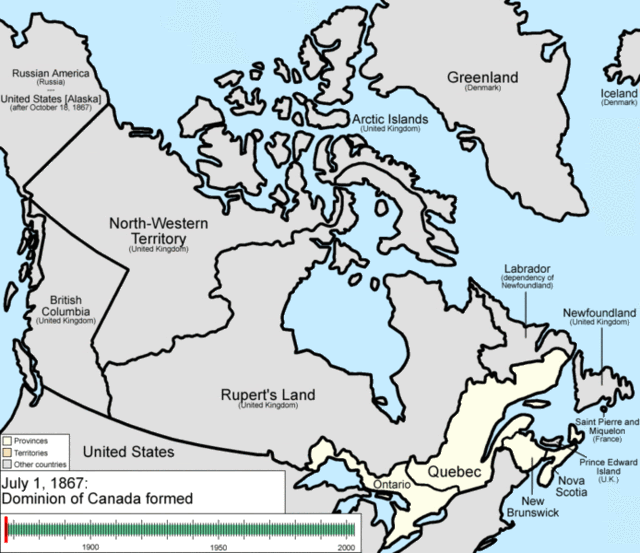
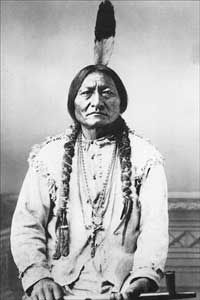
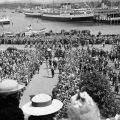
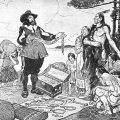
Leave a Reply